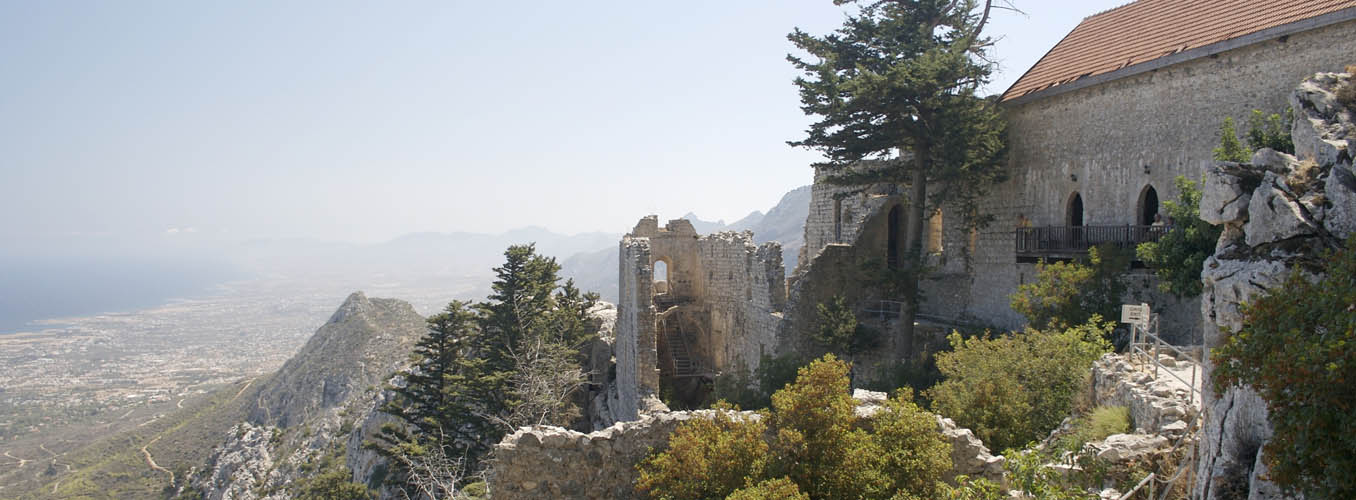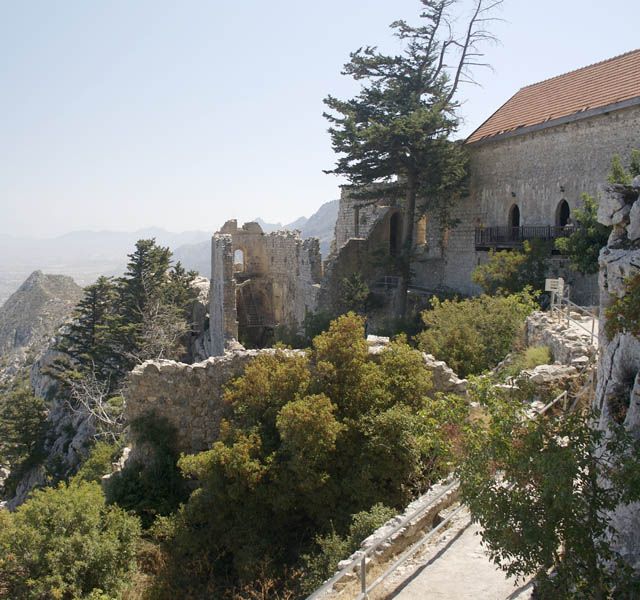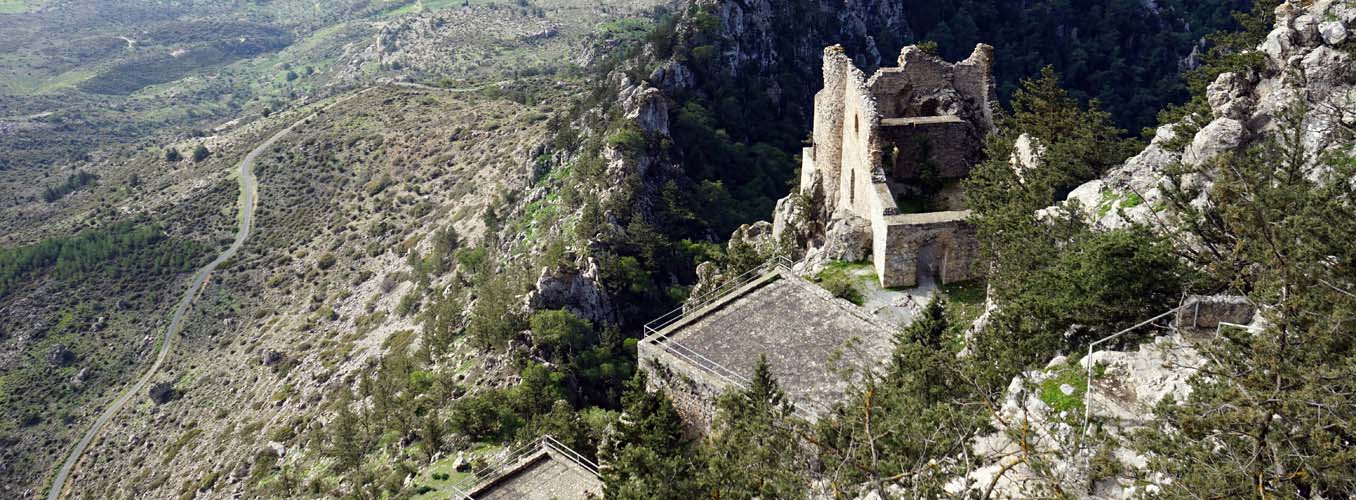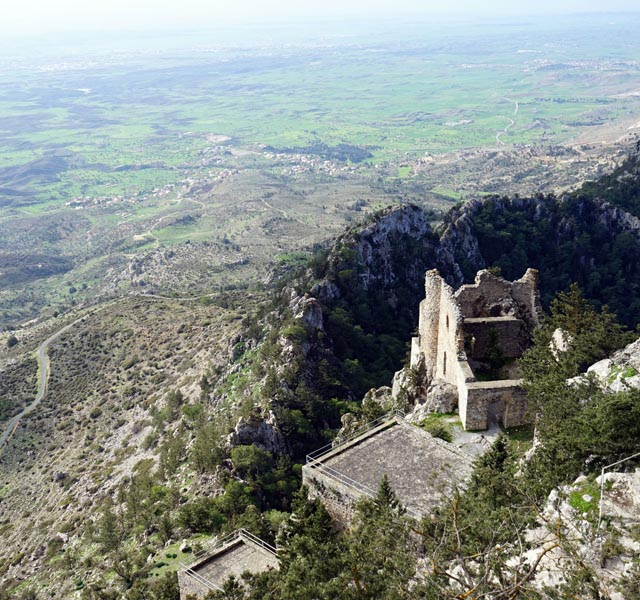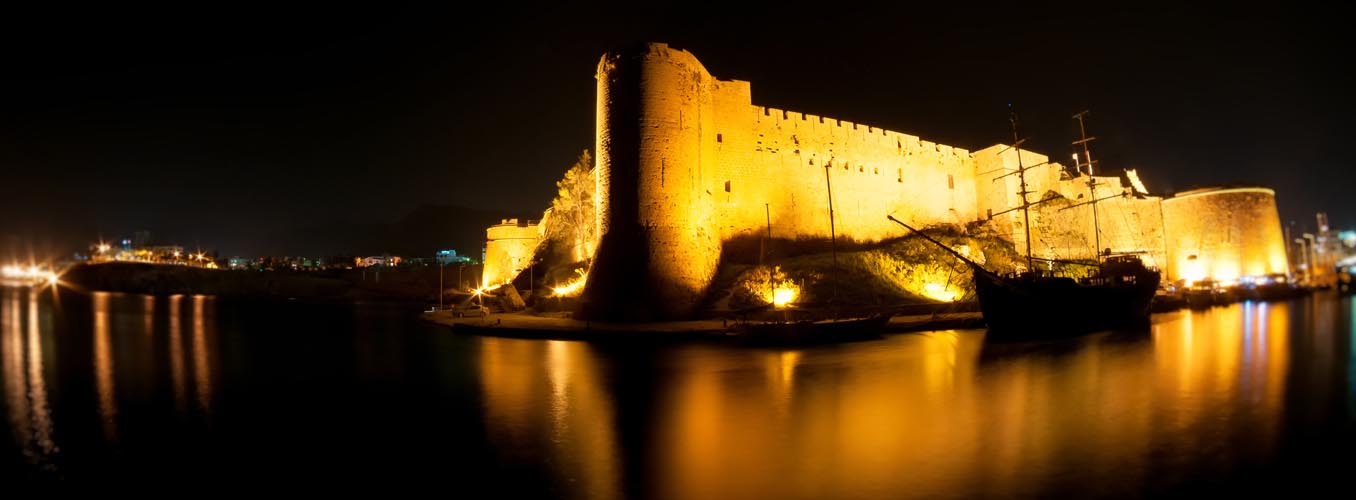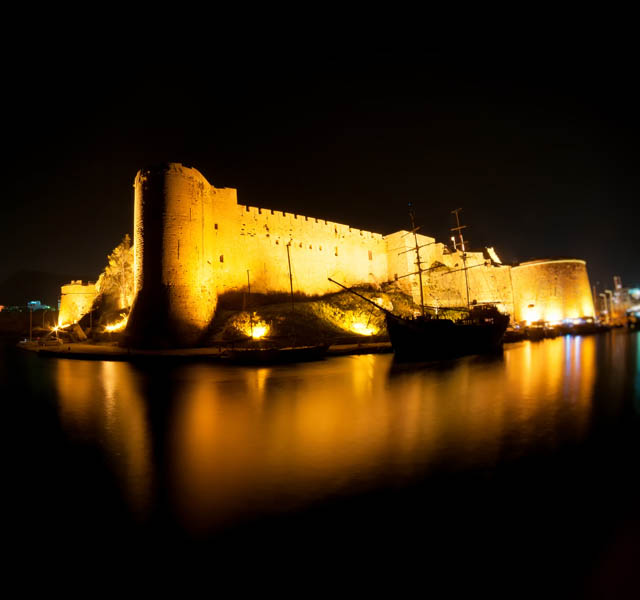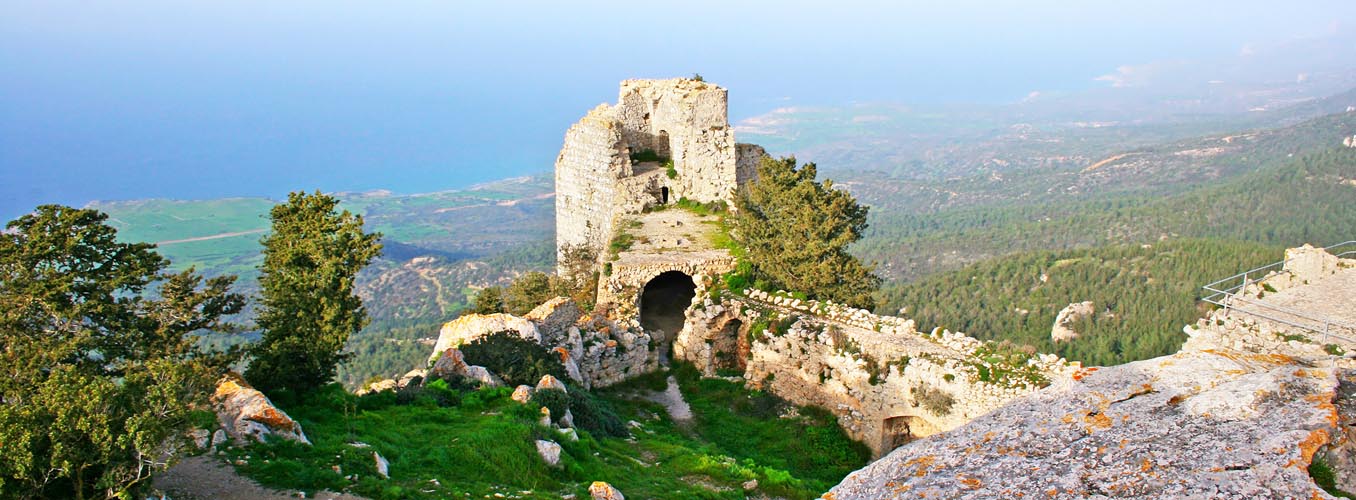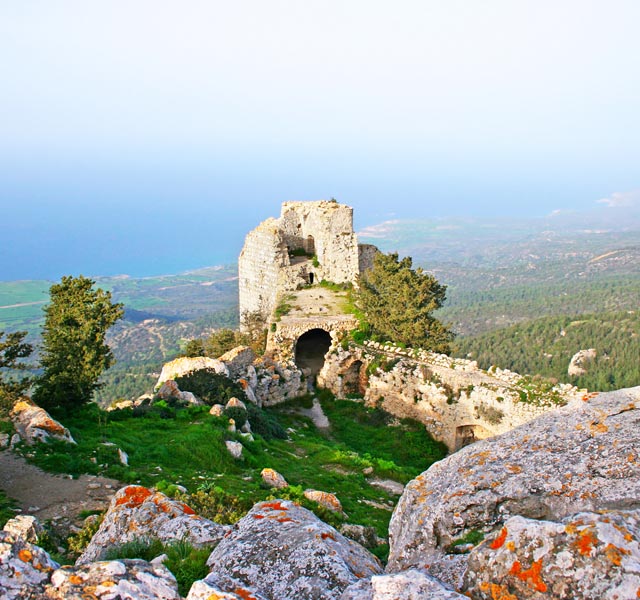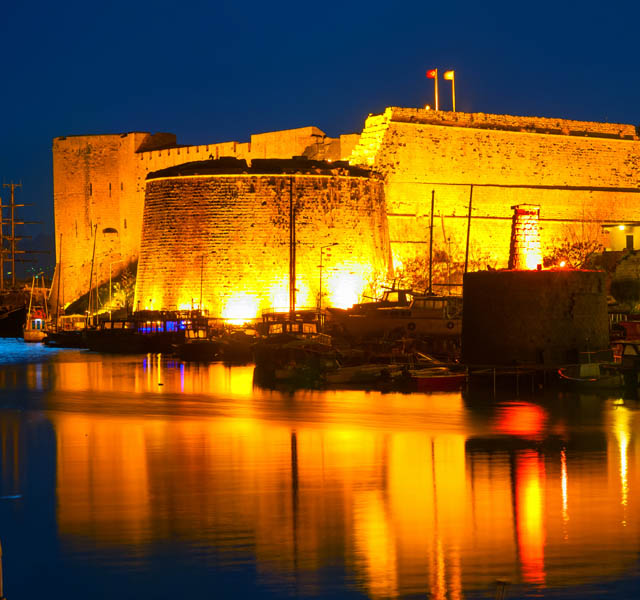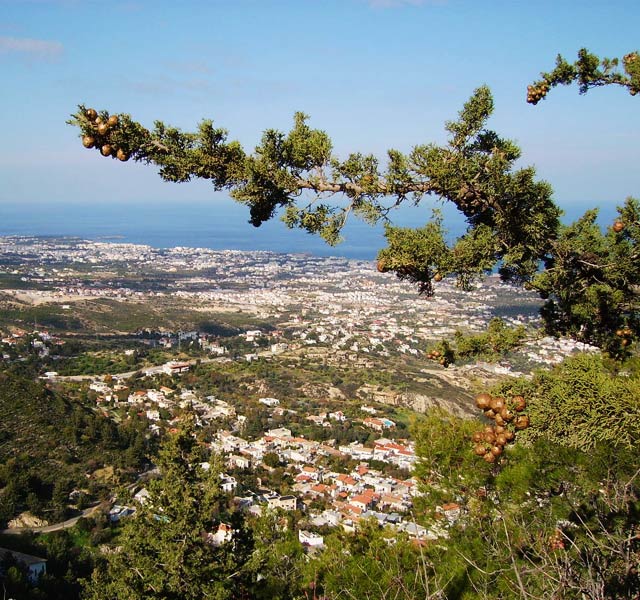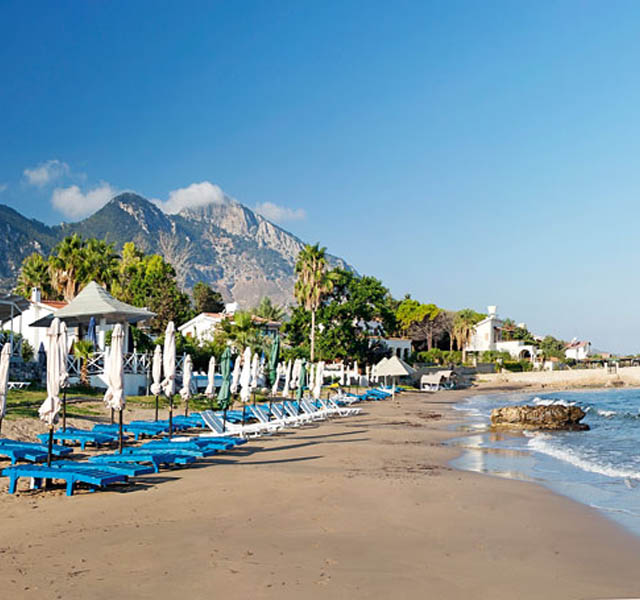The mountain castles of St. Hilarion, Buffavento and Kantara share an original commonality with Kyrenia Castle as they were all first constructed by the Byzantines as defensive forts and look out posts. It was not until the start of the 300 years of Lusignan rule that the small hilltop citadels became true castles with extensive alterations and additional building. All were protected by the construction of massive outer walls and equipped with large capacity water cisterns. Some of these cisterns were within the castle for all personnel living inside the castle, and outer cisterns for animals grazing the hillsides.
The castles were equipped with barrack rooms and storehouses, kitchens, armourer’s workshops, and stabling for the animals that would have been the means of transport and also providers of milk and meat. Royal apartments, specifically in St. Hilarion and Kantara would have been ideal for a summer retreat and during the extensive periods of peace these castles would have been furnished with all that was necessary for the royal family and their retinue with all such modern conveniences as were available during the Middle Ages.



